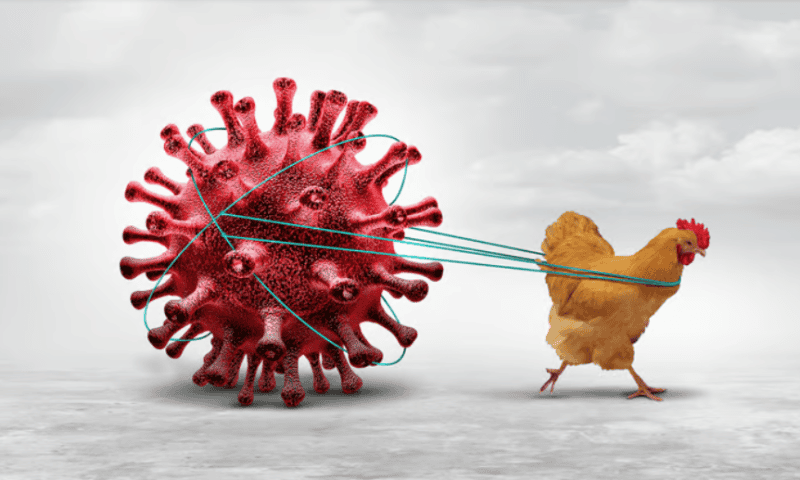Against a backdrop of low-volume but growing concerns about bird flu, the National Institutes of Health’s (NIH’s) infectious disease arm has laid out its plans to study the virus that causes the illness.
In a document (PDF) released publicly June 5, the NIH’s National Institute of Allergy and Infectious Diseases (NIAID) explained that it planned to track the H5N1 virus’s evolution, study its clinical course and come up with prevention, diagnostic and treatment strategies.
The agenda “hits on all the right issues,” Nigel Sizer, Ph.D., executive director of the Preventing Pandemics at the Source initiative, told Fierce Biotech Research in an email.
The new effort builds upon existing work, Sizer pointed out. Even before the virus was discovered in cattle, organizations like the NIAID-funded influenza research network Centers of Excellence for Influenza Research and Response have been tracking viruses in the same family.
“I would say NIAID has been very much on-the-ball in regard to H5-related research,” Sizer wrote.
H5N1 has periodically captured the attention of the media and public health officials in outbreaks among people who handle poultry. But, on March 25, 2024, the Centers for Disease Control and Prevention (CDC) reported the virus had for the first time spread to cows, causing a multistate outbreak on dairy farms. Then, on April 1, the agency announced an infection in a person who was exposed to cattle. Two more infections have since been reported, including one with symptoms.
The CDC maintains that the risk to the general public is low. No one who has contracted H5N1 in the current outbreak has died, though about half of the 909 cases reported between 1997 and late April 2024 were fatal, according to the health agency. Given that all the people infected by cows were in direct contact with the animals, it doesn’t seem like the virus can be transmitted between humans—yet.
Part of NIAID’s H5N1 research agenda includes preparing for that possibility. The agency’s effort will characterize how the virus is transmitted—including whether it can be carried from host to host via infected milk products—and monitoring to make sure that any cases of human-to-human transmission are caught quickly. NIAID will also attempt to develop a universal vaccine that works against not only H5N1 but most other flu strains, too, as well as broad-spectrum antivirals and antibody-based preexposure prophylaxis or treatments.
Still, there is one area in which NIAID’s effort is lacking, one expert told Fierce—research into reducing the likelihood of a flu virus emerging from livestock in the first place.
“[The program] is very extensive when it comes to research into how to respond to emergence, particularly once it has affected humans,” Dirk Pfiffer, Ph.D., a veterinarian and professor at City University of Hong Kong, said. “But it does, in my view, not adequately address research that is aimed at reducing the likelihood of such emergence within livestock production systems and the ability to detect and contain it early.”
Fierce has reached out to NIAID for comment.

